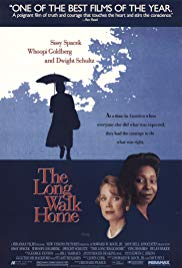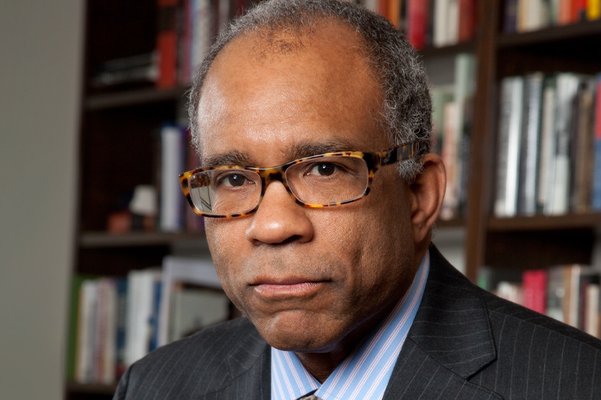Non-violent civil disobedience is a powerful force when it shows the public, including those who benefit from the system, sought to be changed, that the status quo is inconsistent with their ethical principles and the way that they want their society to work. When the situation is presented to them in stark relief, in the media and glare of public opinion, the inconsistency becomes to much to bear. Thus, the lunch counter sit-ins, in which black college students asked to be served lunch at the same counters used by whites, placed in stark relief the unfairness of denying service to black patrons. The protests in front of courthouses seeking the right to vote made it crystal clear that denying the vote to blacks was inconsistent with democratic values. The prospect of black workers, too poor to own a car but too proud to sit at the back of the bus, walking to work or depending on rides from fellow protestors, awakened the nation to the injustice of unequal treatment of blacks. For more on non-violent civil disobedience see the Learning Guides to Gandhi and A Force More Powerful.
In 1955 Rosa Parks, a black woman, refused to give her seat on a Montgomery, Alabama, municipal bus to a white passenger. She was arrested. This incident sparked the Montgomery Bus Boycott, one of the early galvanizing events of the U.S. Civil Rights Movement. The Boycott lasted until the buses were officially desegregated in December of 1956 when a federal court ruled that segregation in municipal bus lines was unconstitutional. The Montgomery Bus Boycott was led by a little known young preacher, Martin Luther King.
Rosa Parks was not just a poor seamstress and housekeeper who got fed up one day and started this momentous event. She was also a Civil Rights activist, having served as secretary of the Montgomery branch of the NAACP many years before. Rosa Parks remained active in the Civil Rights Movement after the boycott and established a foundation to offer guidance to black children. She won the NAACP’s Springman Medal in 1970 and the Martin Luther King Jr. Award in 1980.
The movie shows Mrs. Thompson driving Odessa, her maid, to and from work. Initially, Odessa sat in the back seat of the car. It was the custom in the South in the 1950s and 60s that when a white woman drove her black maid to and from work, the maid sat in the back seat of the car. The maids were usually too poor to own cars and there was inadequate public transportation. Therefore, many white women drove their maids to and from work. But it was not deemed appropriate for the maid to sit in the front seat along with her white employer because sitting together in the front seat of a car implied equality and close association.
This custom led to some interesting situations. One anecdote from Tallahassee, Florida, goes like this. An overweight white male newspaper reporter with a sense of humor was once slowly ambling across an intersection. The traffic light changed while he was still in the middle of the street. A white woman who was taking her maid home from work was stopped at the light. The maid was, per custom, in the back seat. When the light changed, the reporter was still in the intersection and the woman could not proceed without running him over. Frustrated, she honked at the reporter. The reporter, now walking a little faster, went over to the open rear window of the car and said to the maid, “Madam, please ask your chauffeur to be more patient!”
In reaction to the Civil Rights Movement, some segregationists who didn’t want to suffer the stigma of actually joining the Ku Klux Klan organized groups called “White Citizens Councils.” These organizations promoted a racist agenda similar to that of the Klan but claimed respectability. In the movie, Mr. Thompson, the heroine’s husband, joins one of these groups.
Another anecdote that circulated among liberal circles in the South during the late 1950s and early 1960s related to a Jewish businessman in Atlanta, Georgia who was active in the Atlanta White Citizens Council. He was elected to the Board of Directors. At one meeting, the Grand Dragon of the Klan was a guest Speaker. He was given a rousing reception. The Grand Dragon closed his speech with the cry: “And after we get the niggers, we’re gonna get the Jews and the Catholics!” The Jewish businessman had a heart attack, or so the story went.






